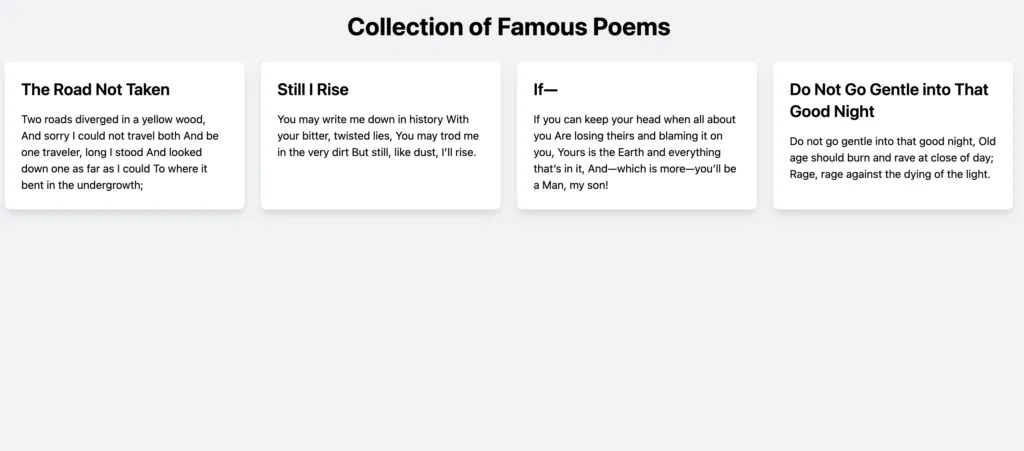What is Manus?
Before diving into OpenManus, let’s first talk about Manus itself. Manus is an AI automation system designed to function as an autonomous agent, helping users streamline tasks and workflows with AI. The idea is that it can act on user instructions, conduct research, generate content, and more—all without constant human supervision.
However, OpenManus is a community-driven, open-source take on this concept, aiming to bring Manus-like capabilities to anyone willing to set it up. But how well does it actually work? I installed it on my M1 Pro MacBook Pro to find out.
Installing OpenManus on an very basic M1 Mac
Prerequisites
Before getting started, you need:
- A Mac (I tested on my good old M1 Pro MacBook Pro)
- Python installed
- An OpenAI API key (since running large models locally wasn’t feasible for a M1 Pro Chip)
Since local LLMs require significant computing power, I opted to use GPT-4o Mini for both text and vision tasks.
Installation Guide (Recommended Method)
Here’s the setup process I followed using uv, a fast Python package installer and resolver:
1. Install uv
Run this command to install uv:
curl -LsSf https://astral.sh/uv/install.sh | sh2. Clone the OpenManus Repository
Next, clone the OpenManus GitHub repo and navigate to the directory:
git clone https://github.com/mannaandpoem/OpenManus.git
cd OpenManus3. Set Up a Virtual Environment
Create and activate a virtual environment to manage dependencies:
uv venv
source .venv/bin/activate 4. Install Dependencies
Run the following command to install the required dependencies:
uv pip install -r requirements.txtConfiguring OpenManus
To use OpenManus, you’ll need to set up a configuration file:
1. Create a Config File
Copy the example configuration file:
cp config/config.example.toml config/config.toml2. Edit the Configuration
Open config/config.toml and update it with your OpenAI API key:
# Global LLM configurationgpt-4o-mini
[llm]
model = ""gpt-4o-mini
base_url = "https://api.openai.com/v1"
api_key = "sk-..." # Replace with your actual API key
max_tokens = 4096
temperature = 0.0
# Optional configuration for specific LLM models
[llm.vision]
model = ""
base_url = "https://api.openai.com/v1"
api_key = "sk-..." # Replace with your actual API key
Hands-on Review: Is OpenManus Any Good?
Installation Hiccups & System Limitations
While the installation process itself was fairly straightforward, I encountered file permission issues on macOS. OpenManus was only able to generate files inside its own folder, likely due to Python lacking proper macOS system permissions, but you could always assign your own permission for Python.
Another key requirement is Chromium, but here’s an important note: do not manually download Chromium. OpenManus relies on Playwright, which automatically installs the correct version of Chromium. If you manually install Chromium, you’ll get prompts to update Playwright, which can cause compatibility issues.

Performance: A Long Way from True AI Agent
While OpenManus has potential, its current performance is underwhelming. It struggles with anything beyond simple instructions. For instance:
- If you ask it to find three news articles, it won’t just do it once—it might run the query 20 times and call the API 20 times, wasting money on unnecessary API calls.
- It lacks fine-grained control and often ignores specific user instructions.
- It can generate the most basic and simple results, but fails at complex tasks.
Here is a example of how much capable it could reach:

Open Manus generated this (far from pretty and modern, not full page too):

Verdict: Just a Toy (For Now)
At this stage, OpenManus feels more like an experimental toy rather than a practical AI agent. Compared to established AI automation tools like Make.com or n8n, it’s nowhere near as useful or efficient.
If you’re looking for a serious AI-powered assistant, OpenManus isn’t quite there yet. But if you’re a developer or AI enthusiast who enjoys experimenting with open-source projects, it might be fun to play around with—just don’t expect Manus-level capabilities.
Would I recommend it for real-world use? Not yet. But it’ll be interesting to see how it evolves in the future.
